Kyrgyzstan hadn’t really been on my radar until a good friend of mine brought it up. She’d been seeing more and more adventure videos about this mountainous destination, and when she mentioned it, I felt immediately drawn to it. And that’s how I ended up going on a trip to Kyrgyzstan, the highlight of which was a three-day horse-riding trek through the Kyzart mountains to Song-Kul lake.
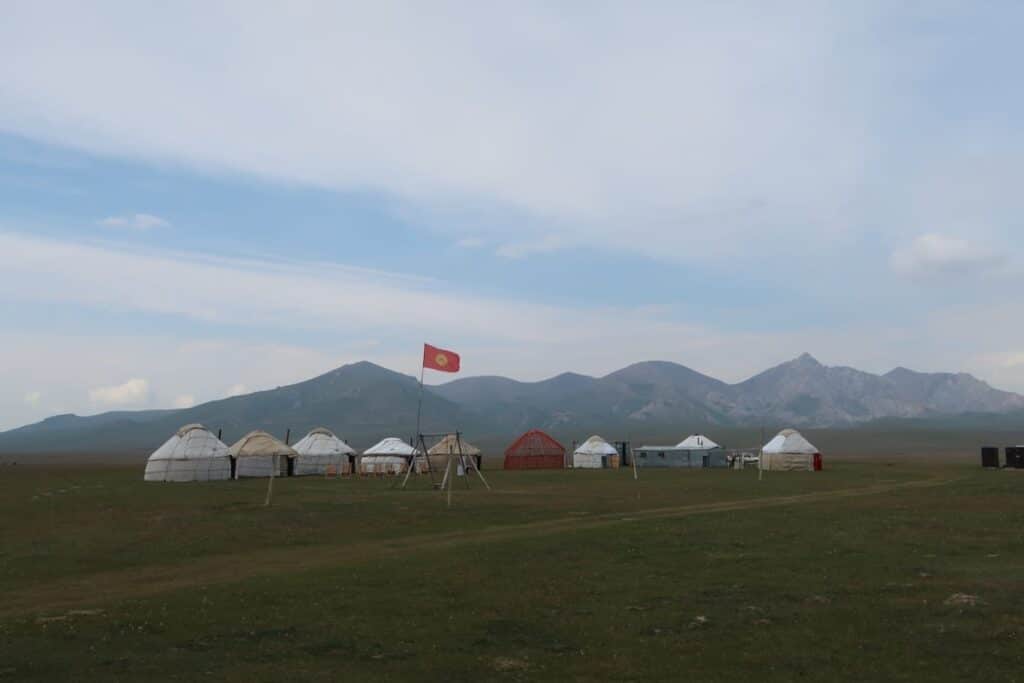
What is Kyrgyzstan like: first impressions
It’s an understatement to say I knew very little about Kyrgyzstan. But seeing the first images shared by fellow travel content creators stirred something in me: the vast plains and wild horses reminded me of my trip to Mongolia a few years ago, which had deeply transformed me.
I noticed some obvious similarities, such as the use of the Cyrillic alphabet (Russian remains the official language despite independence in 1991), but also key differences, especially in religion, as Kyrgyzstan is predominantly Muslim.
Around 80% of Kyrgyzstan is mountainous. It has a strong nomadic heritage (people in rural areas still live in yurt camps) and it struck me as a very rural country overall (not in a bad way at all!). Bishkek, the capital city, is definitely a proper city, with large avenues and imposing monuments that are clearly Soviet-influenced. But we didn’t stay there long: we headed east on marshrutkas (local minibuses) over bumpy, half-finished roads to the small town of Karakol for two days, before returning to the Kyzart Pass to begin our horse-riding trek.
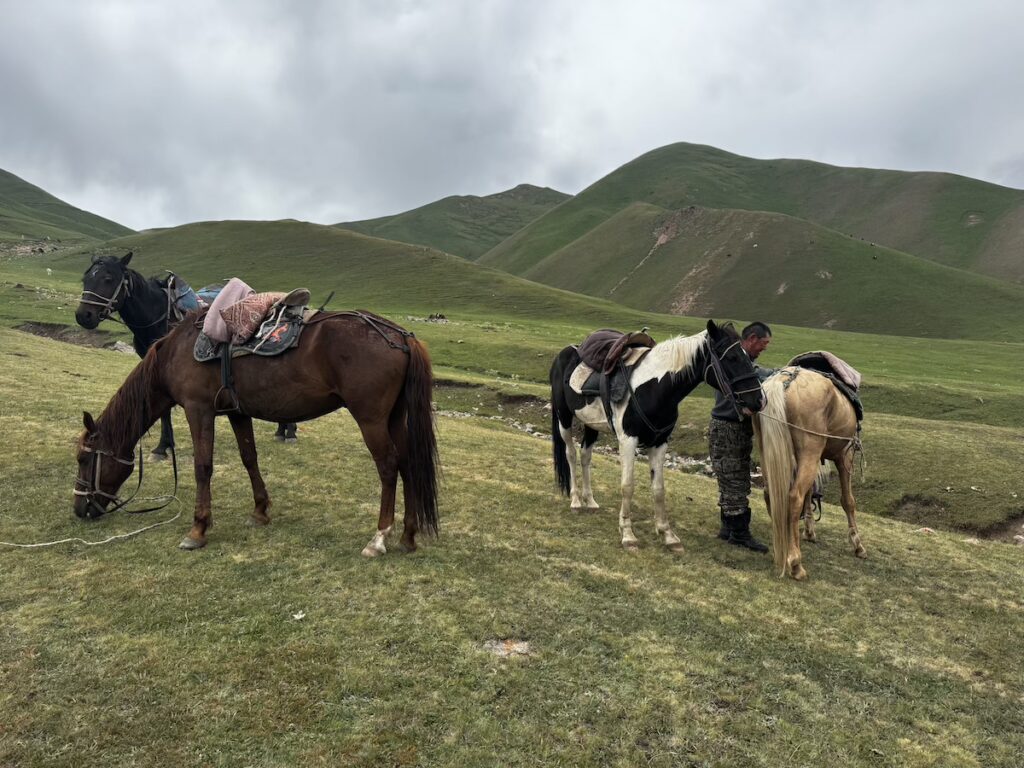
Getting ready for our Kyrgyz horse-riding trek to Song-Kul
The Kyzart Pass is one of the most popular starting points for horse treks. It wouldn’t be fair to say it’s totally untouched by tourism. If you’re expecting to have the trails all to yourself, this may not be the destination for you. But it’s also thanks to this moderate level of tourism that the trek is so well organised and relatively comfortable, so I’m certainly not complaining. I’ve travelled to places with zero infrastructure and it wasn’t always easy, nor enjoyable, depending on what you’re looking for.
We booked our trek with Pegas Adventure, which had excellent reviews online. It was a little on the expensive side ($250 per person for a group of three with a private guide — cheaper options do exist), but overall, we felt it was worth the money. The price included transport from Kochkor (the nearest town to Kyzart Pass), horses, a guide, accommodation in two different yurt camps, and all meals. Your destination point will be the mountain lake Song-Kul, located at an altitude of 3,016 meters above sea level.
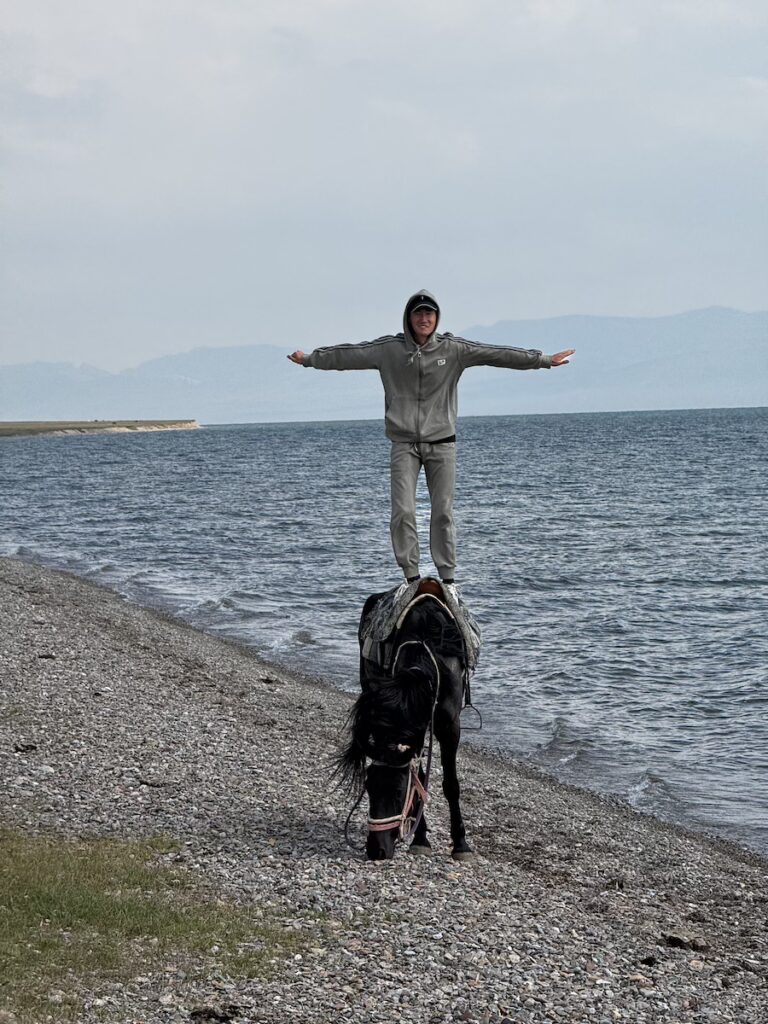
Our guide, Aza, was incredibly friendly, flexible and insightful. He really made an effort to ensure the three of us enjoyed our experience, as I’ll explain below, and taught us a lot about the horses. One thing to note, however: the three-day trek only includes two full days of horse-riding. The last day is spent walking by the lake and returning to Kochkor by car.
Do you need prior horse-riding experience to take a trek in Kyrgyzstan?
I had ridden horses a bit when I was younger, so that helped, but I wouldn’t call myself an experienced rider. The horses knew exactly what they were doing since they’ve walked those paths countless times, and I trusted mine completely. They were easy to handle, and my friend, who had no previous riding experience, managed just fine too!
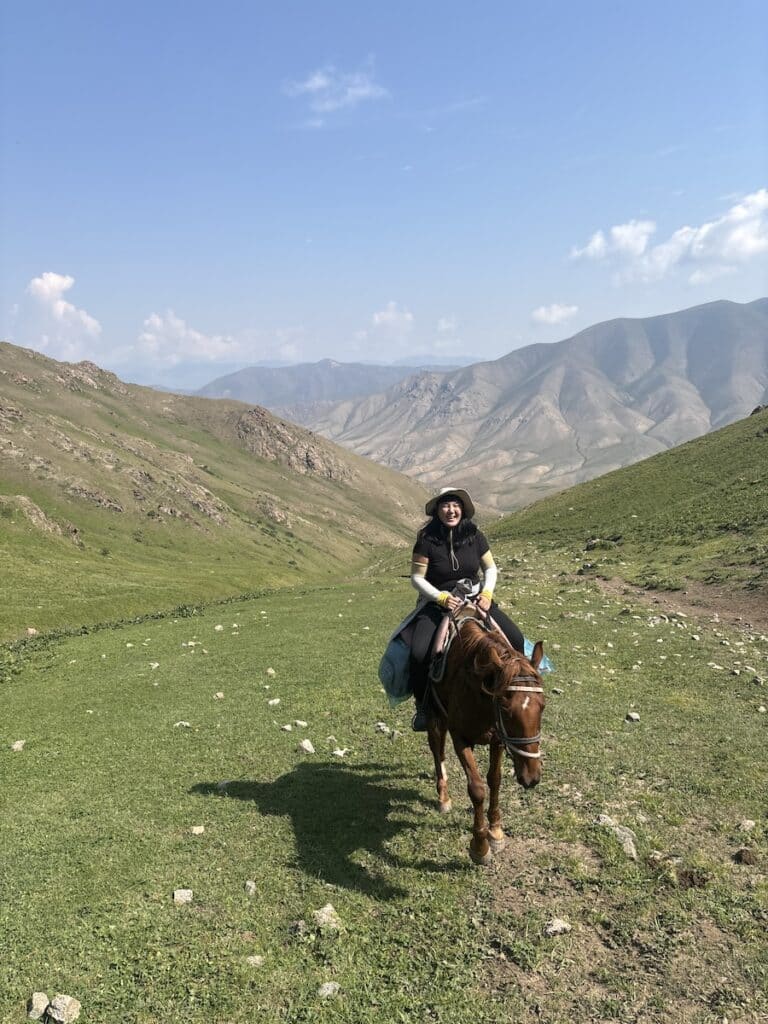
Packing for your Kyzart-Song Kul horse-riding trek
We didn’t bring our big backpacks so as not to overburden the horses, who carried our bags, picnic supplies and water. Each of us had a 25L backpack with just the essentials for two days, keeping in mind we’d be on horseback for at least five hours each day.
Clothing-wise, I’d recommend a wide-brimmed hat, long sleeves for sun protection, and proper trousers (not shorts). For the evenings at the camps, bring a sweater and a jacket, since it gets chilly up in the mountains.
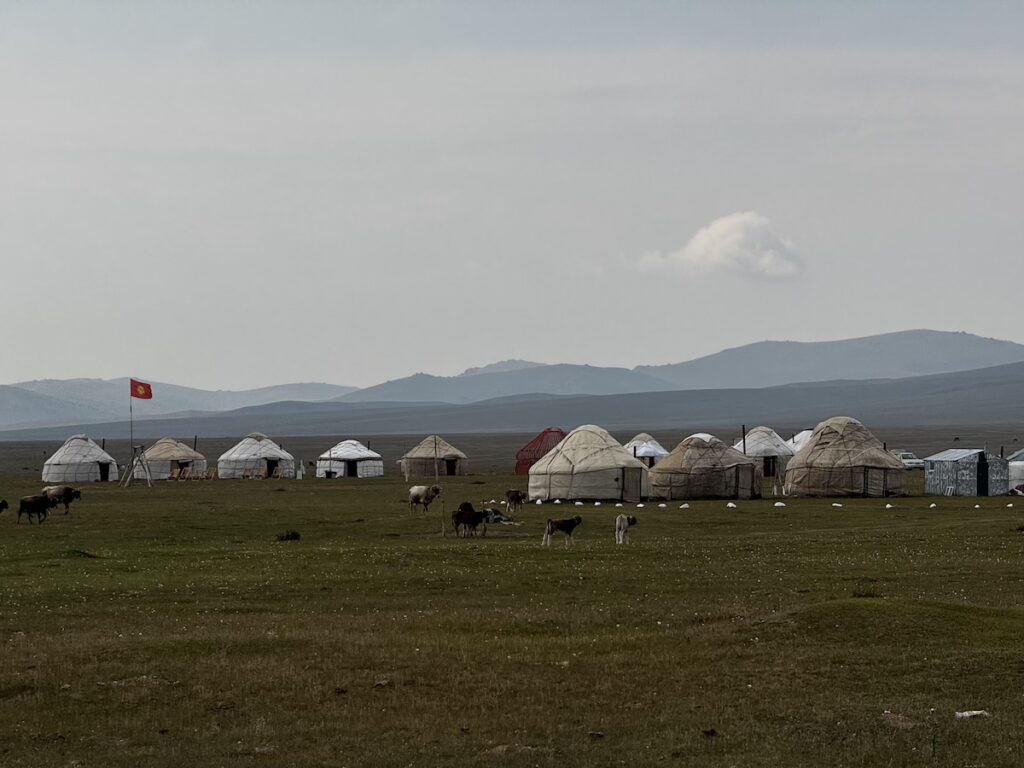
From Kyzart to Song-Kul: 3 days on horseback
Let’s get into the heart of the experience: the trek itself, and what you can expect to see.
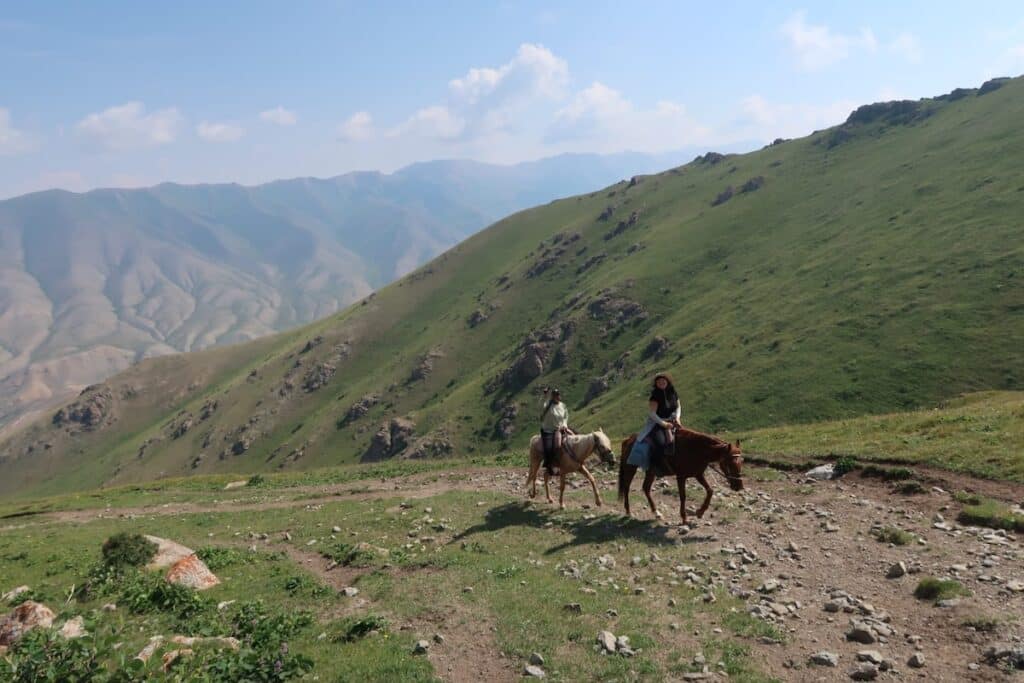
Horse-riding Day 1: from Kyzart to Kilemche yurt camp
The first day mostly involved getting used to the horses and riding along narrow, winding mountain paths.
Our guide explained that horses don’t really have names: they’re just referred to by their colour. Mine was called “Red.” At first, I was on a black horse, but he was older and absolutely refused to go fast (out of laziness, according to Aza) so we swapped. Aza handled him far more easily than I did; it was funny to see how the horse knew he couldn’t mess with him, without any violence, of course.
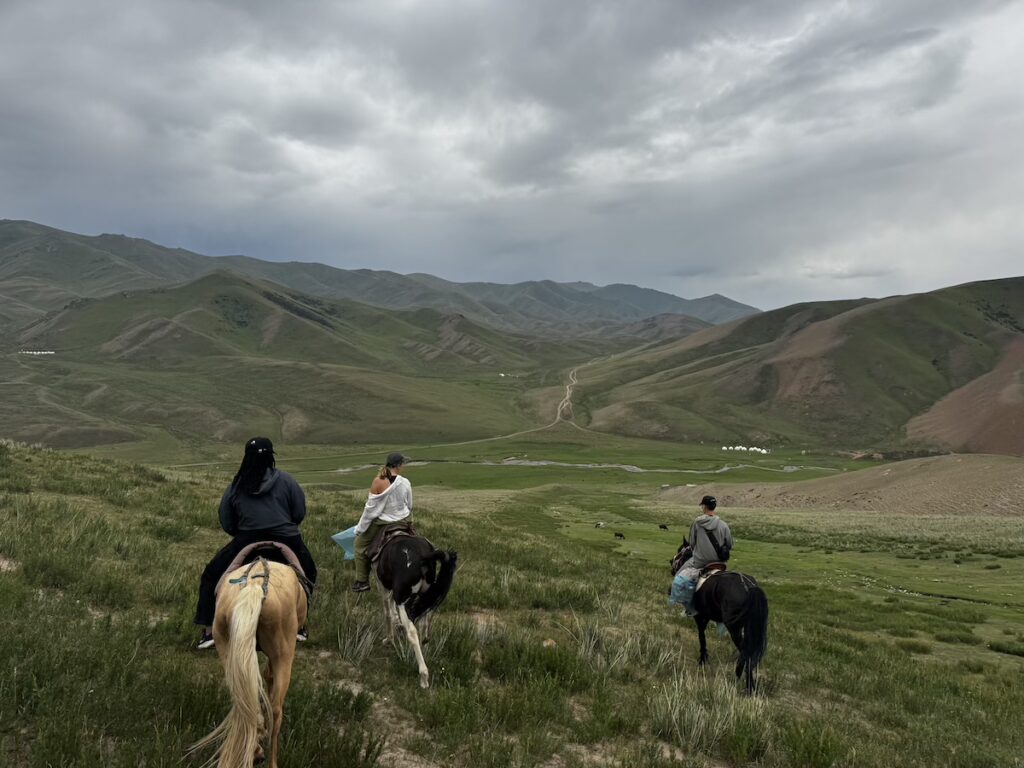
The scenery was stunning. Some parts, especially where we picnicked near a river, gave off serious Lord of the Rings vibes. I half expected a group of hobbits to pop out from behind a rock. For lunch, Aza brought one of those wrapped sausages I’d been curious about since arriving in Kyrgyzstan, along with some traditional bread. It was a real treat.
We reached the first yurt camp, nestled in a small valley, by around 4pm, which gave us plenty of time to enjoy the view, observe wild horses, and chat with the family hosting us. They rent this land about 7-8 months a year for their herds (cows, goats, horses) and also host tourists like us.
Compared to my previous yurt camping experience in Mongolia, I was surprised by how comfortable it was. The yurts had electricity, and there were toilets and even hot showers. No complaints at all!
Dinner was a proper feast. We ate in a separate yurt beautifully decorated with traditional Kyrgyz craft. Tables were laid with small dishes, which is the traditional way in this part of the world (bread, jams, sweets) followed by individual servings of a hearty soup (shorpo, made with broth, carrots, potatoes, onions and meat) and then a meat and vegetable main, which I think was lamb. I loved the variety on the table, which gave us the chance to try many kinds of bread, sweets and even local candies.
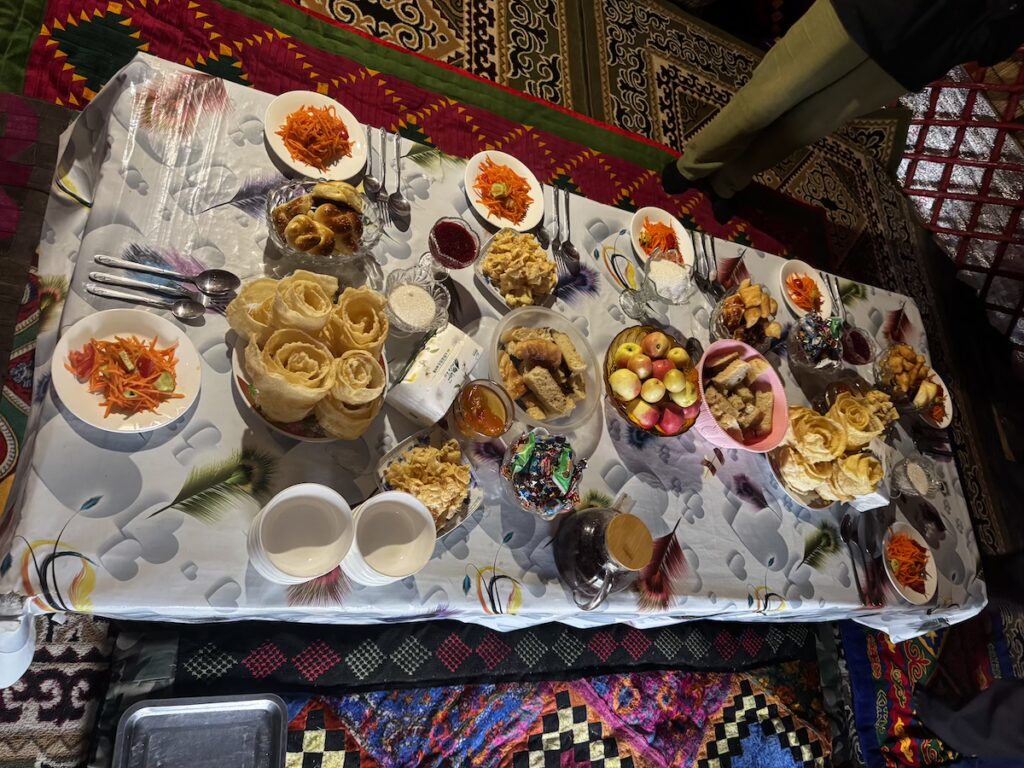
Day 2: from Kilemche to Song-Kul Lake on horseback
This was the best day, in my opinion. Waking up in the yurt and opening the door to a sunlit valley filled with wild horses: what a view! We had breakfast in another decorated yurt, and I loved peeking out through the yurt door at the landscape, better than any screen.
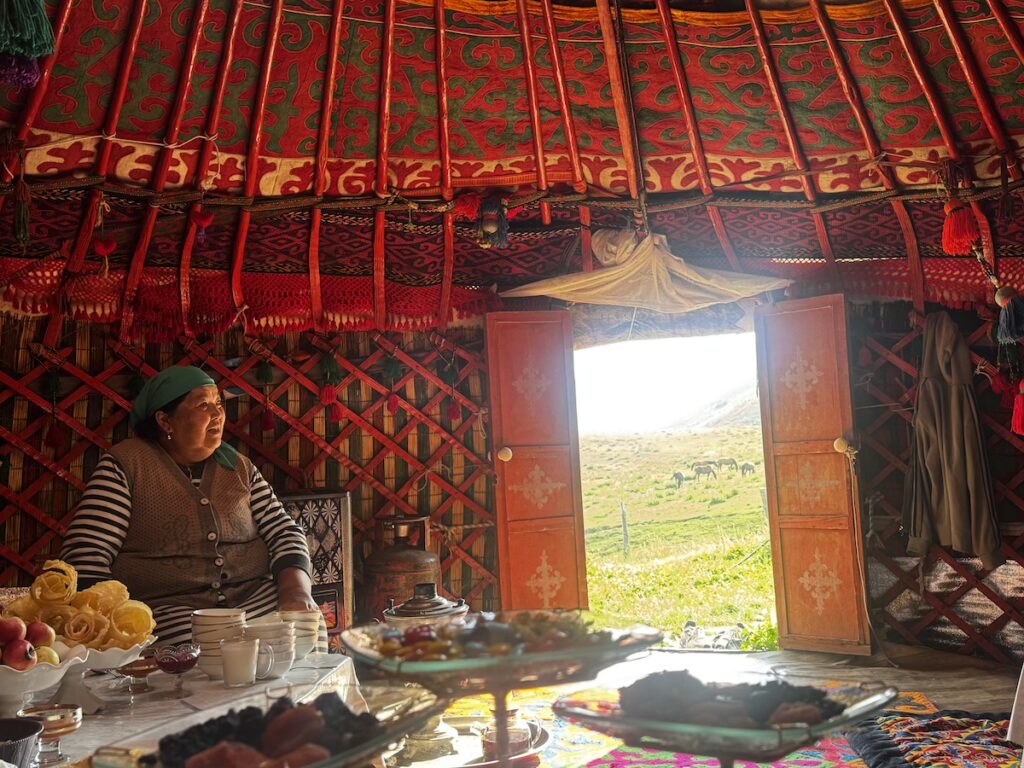
We set off early to avoid the “crowds” – as I mentioned, it’s a popular route – and Aza clearly wanted to get a head start. The weather was glorious, and this turned out to be one of the most beautiful days of my life: just riding peacefully, surrounded by breathtaking scenery.
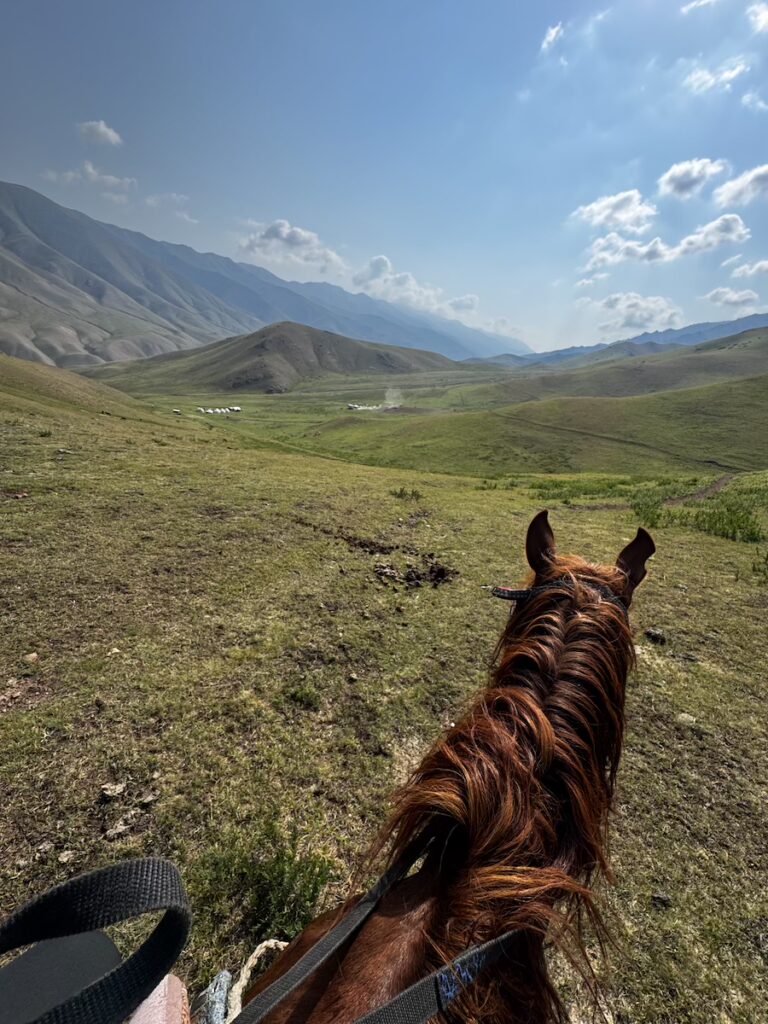
One unforgettable moment was when Aza started singing a Kyrgyz song (Zarrykanda, for those interested) his voice echoing through the mountains. Then we each took turns singing songs from our own cultures, and I sang “Ti fleur fané,” a Creole song from Réunion that everyone knows back home. I mean, who else can say they’ve sung a Creole song in the Kyrgyz mountains?
We reached Song-Kul Lake early in the day, and the final stretch was exhilarating: we galloped across the plains towards the lake. I hadn’t galloped in over 15 years, but I trusted Red, and the muscle memory came back quickly. The more we went, the more I loved it. What a thrill!
We made a quick stop at Aza’s family’s yurt camp, played with his cousins (many guides here have family living around Song-Kul), then reached our final “yurt resort”, which even had Wi-Fi at night when the generator kicked in.
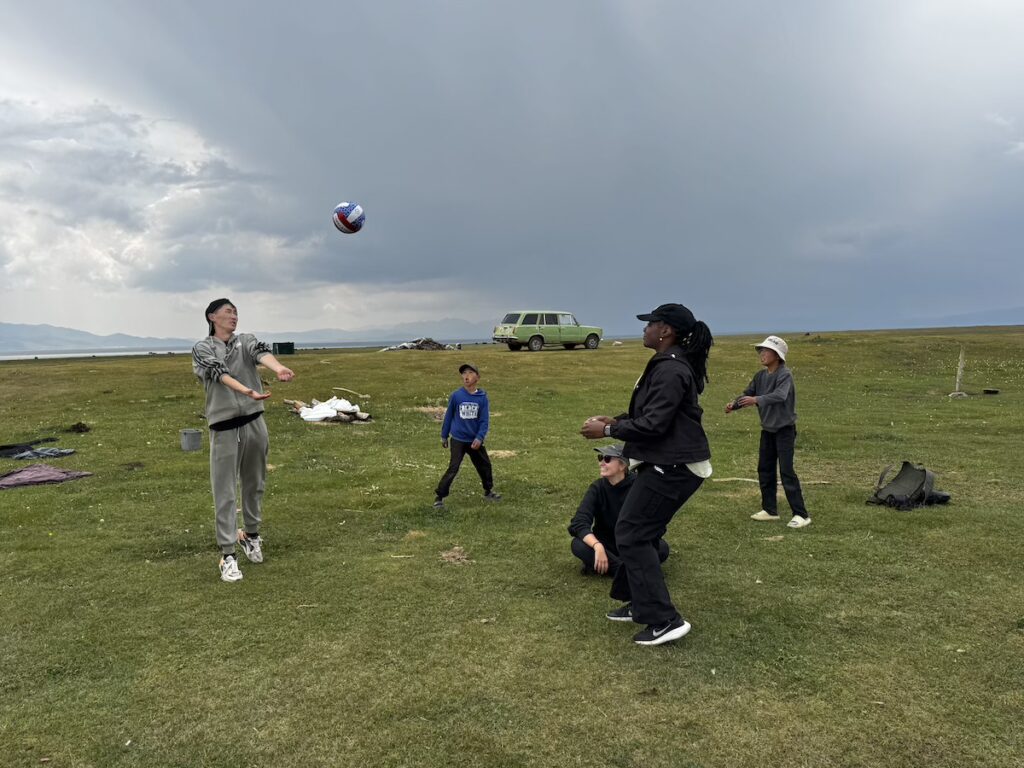
The lake itself was amazing: it looked more like a sea, covering about 270 sq km, with snow-capped mountains in the distance and wild horses and cows roaming freely in the foreground.
We did a short ride around the lake that afternoon, visited more camps, galloped again, and finally said goodbye to our horses. Parting with them was emotional! I’ll be forever grateful to them for carrying us safely through the mountains and giving me unforgettable memories.
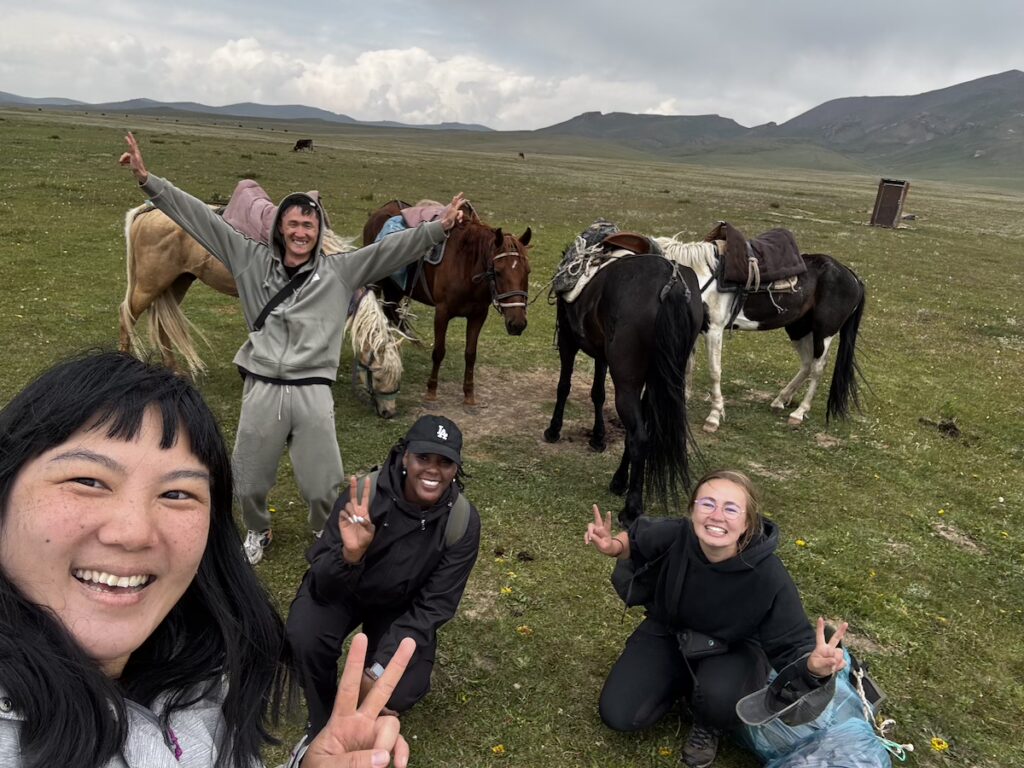
Day 3: returning to Kochkor from Song-Kul Lake
Not much to report on day three. We took a gentle walk along the lake shore, skipped stones, and met our driver, who took us back to Kochkor.
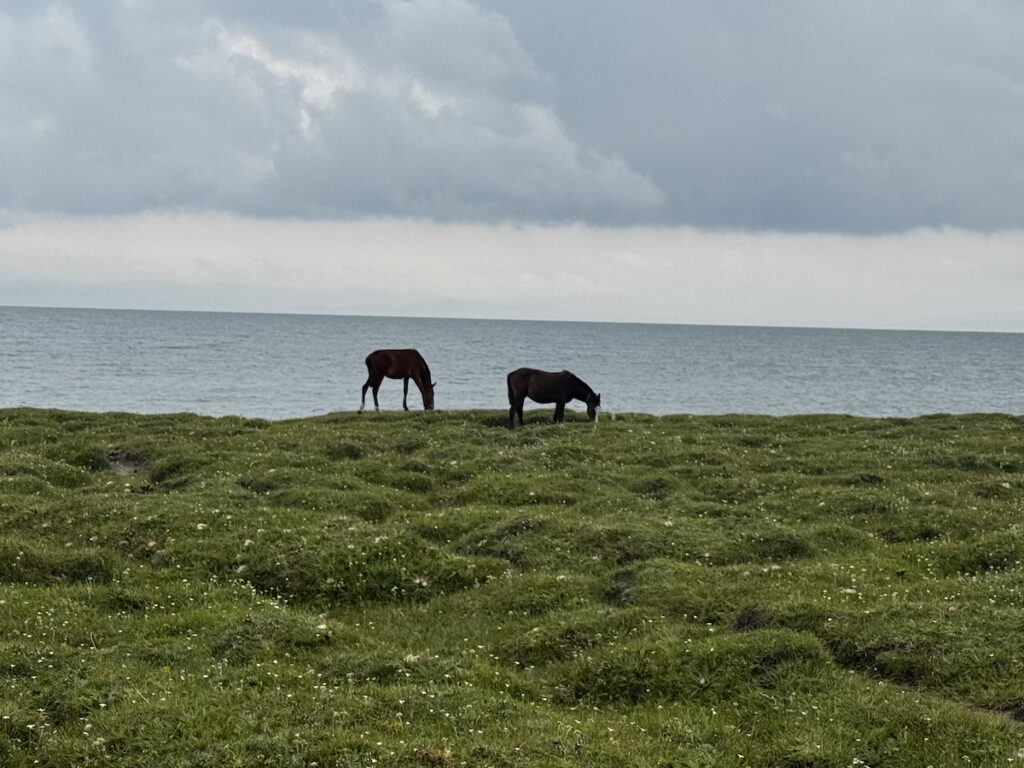
Time to mention: driving in Kyrgyzstan is not for the faint-hearted. If you’re nervous in cars, maybe don’t look too closely at the speedometer or the state of the roads. That said, the drivers really know what they’re doing, and everything went smoothly!
Horseriding in Kyrgyzstan: Final thoughts
I’d wholeheartedly recommend this experience to anyone who loves majestic landscapes and wants to learn more about Kyrgyzstan’s deep-rooted horse culture. It’s such an integral part of life there, and I’m glad we didn’t miss it… It did help me to distance myself from all the stress I had left back home, and made me feel so much better.
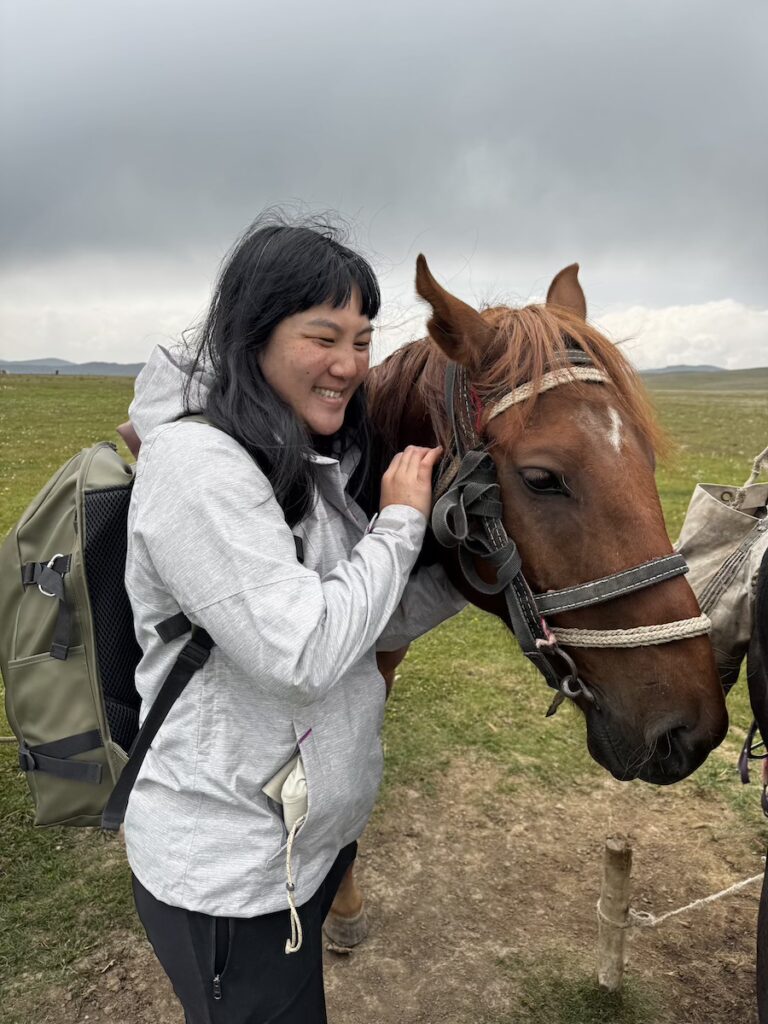
Also, don’t skip the many amazing hiking opportunities in the country, suitable for all levels. Kyrgyzstan’s nature is truly spectacular. This was the perfect nature-filled experience before I hopped over to Uzbekistan, our next stop!
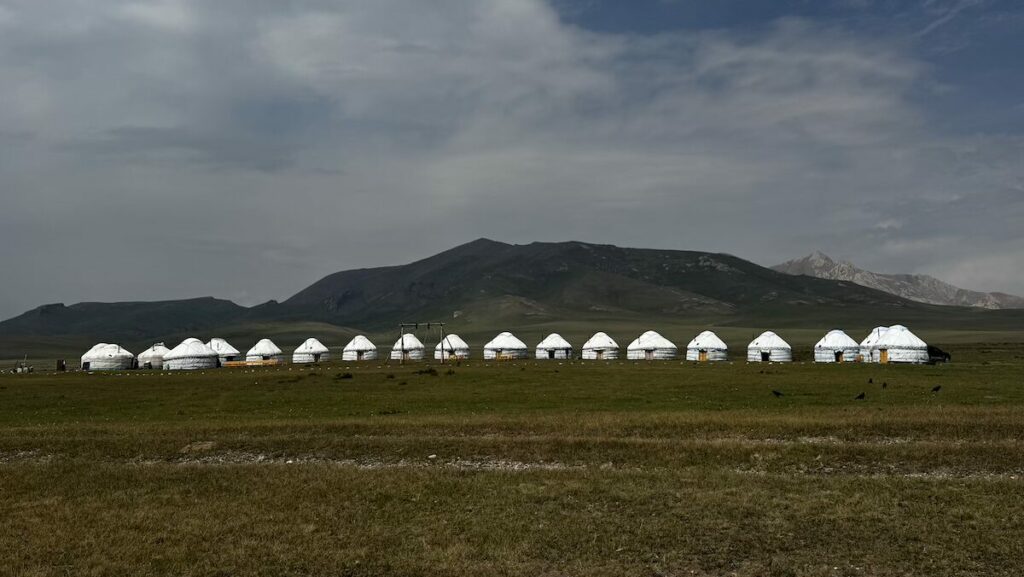
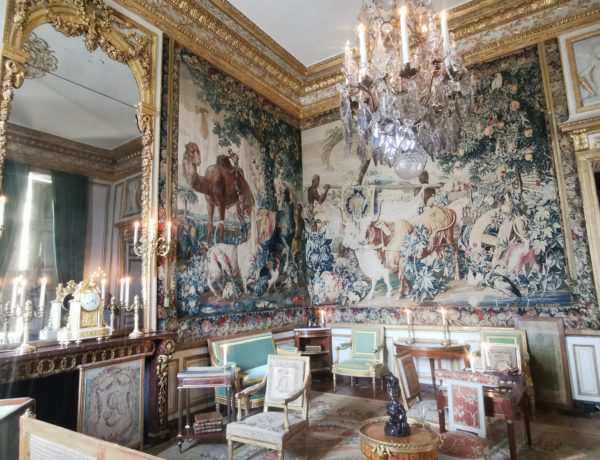
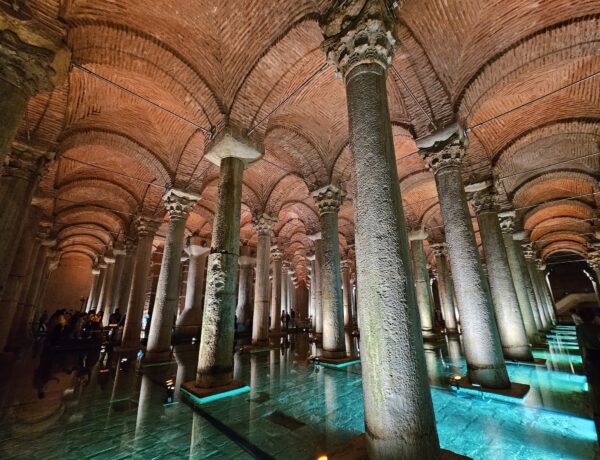
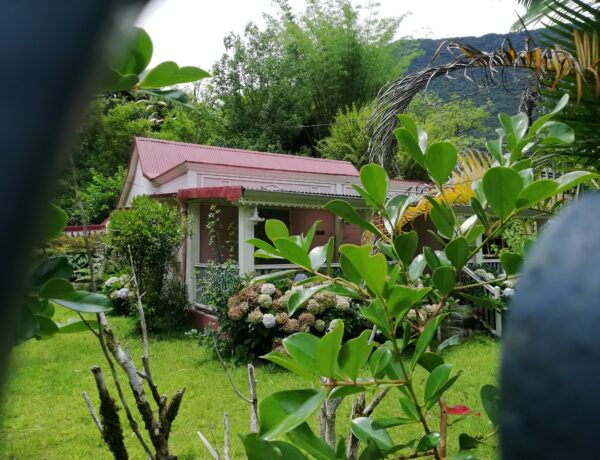
3 Comments
Ann
12 October 2025 at 2:38 pmHello there ^^ Could you tell me the contact information for your horse trek guide!? Thank out so much! ^^ Great blog
Fabienne
15 October 2025 at 5:52 pmHi Ann,
We took this tour : https://pegas-adventure.com/tour/song-kul-lake/ – My friend contacted them directly via their website
And we paid 250USD (I don’t know how much it was in som, sorry, we paid in USD directly) per person for 3 days so if you break it down by day that would be about 85USD, but you can’t book only for one day so I’m not sure this is helpful. It is all included though, so once you have paid for this, you shouldn’t have any more expenses on those booked days. I hope it helps! Enjoy your trip!
Ann
12 October 2025 at 2:38 pmAhh could you also mention the soms per day it was?